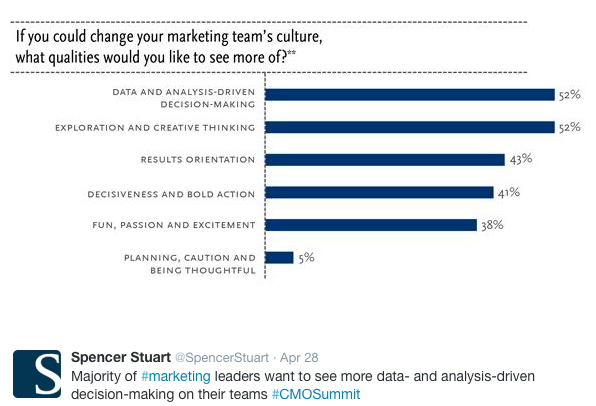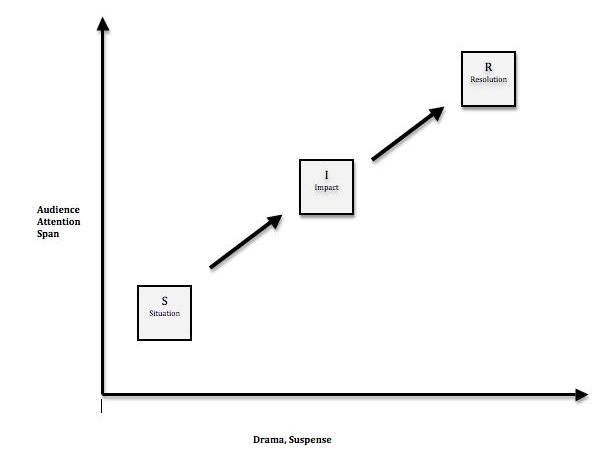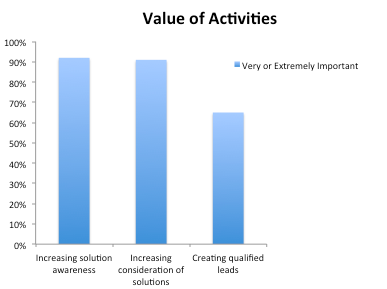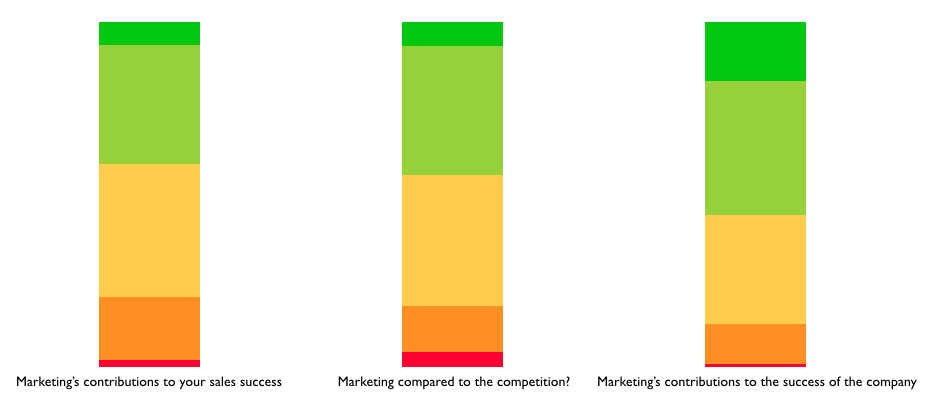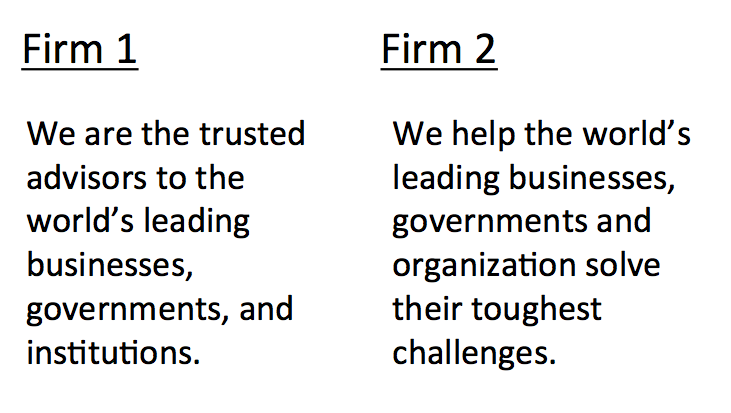 We’ve tried surveys, but they say one thing and then do another. One on one sessions, yep, tried those as well. How do we really know what our clients want? Over the last few months, I’ve had the opportunity to speak with close to fifty marketers, friends, clients and former colleagues. I didn’t have an agenda or a pitch, just a conversation about their career path and how they decided on their professions.
We’ve tried surveys, but they say one thing and then do another. One on one sessions, yep, tried those as well. How do we really know what our clients want? Over the last few months, I’ve had the opportunity to speak with close to fifty marketers, friends, clients and former colleagues. I didn’t have an agenda or a pitch, just a conversation about their career path and how they decided on their professions.
The conversation eventually made its way into a discussion of relationships they had with various consultants, advisors, and agencies. Just for kicks, I built a word cloud from my notes and saw five themes emerged around what they wanted from a vendor — I call it the five “S’s”.
- Smarts – this was a common theme — “I don’t want to have to explain my business to the vendors that I work with. They need to do their homework.” Almost every conversation had an element of the client wanting vendors to be up to speed when the engagement started. Time is money and clients don’t have the time (especially on their dime) to get you up to speed. And, for big consulting firms and agencies, don’t get comfortable with thinking you have a lock on all the brightest folks. They use plenty of very smart individual contractors. Many of them, just came from your world.
- Skills – similar to the above comment, clients want to work with agencies and consultants that have the skill sets that they can’t find, hire or retain. This was especially important when it came to digital talent. They have made investments in MarTech but are having a hard time finding the talent to optimize, or even operate, the technology…and it is becoming more difficult.
- Speed – “I need the vendors I hire to operate at the speed of my business,” said the CMO of a Fortune 50 hi-tech firm and others echoed her comment. There were also comments related to responsiveness. If you’re standard policy is to respond to a clients’ email within 48 hours, you’re about 40 hours off on their expectations. Being more responsive can buy you time on deliverables. Clients want to know, or at least feel, like you’re making progress on their effort. Gaps in communication create the risk of your client feeling like they are not getting the attention they deserve or pay for…and they know when you’re stretched too thin.
- Simple – combine Smarts with Speed and you get Simple or at least that is what the client would love. They want to be able to understand your recommendations so they know exactly what decisions, or action, to immediately execute. Consultants — they are tired of the upsell, where one problem suddenly surfaces another problem, especially when they haven’t received the output of the first project. Agencies — the more complexity you add to a campaign the longer clients believe it will take to execute. Smart, valued vendors take complex problems and make them simple to understand and resolve. They know they have other issues they just need to address the problem in front of them.
- Spirit – this one surprised me and took some time to understand. The core of this theme was rooted in marketers stating that they wanted to work with vendors who were “enthusiastic” about their business, or “passionate” about their own jobs/role. They want a partner who brings some fun and/or passion that may be lacking in their organization. If you are pitching an idea an important part of the “sell” job is how you deliver it. If you’re not excited about it, they won’t be either. The last thing you want is a client who doesn’t want to talk to you because they know it won’t be enjoyable…they have plenty of those meetings internally. Be their break in the day, the good news, the breath of fresh air they so desperately need…especially at the end of the day or week.
Surprisingly, I didn’t hear cheaper. Don’t misunderstand, they want value and recognize that to get it they have to make the investment. Now that you know what they really want that shouldn’t be a problem to deliver, be the bright spot in their day.

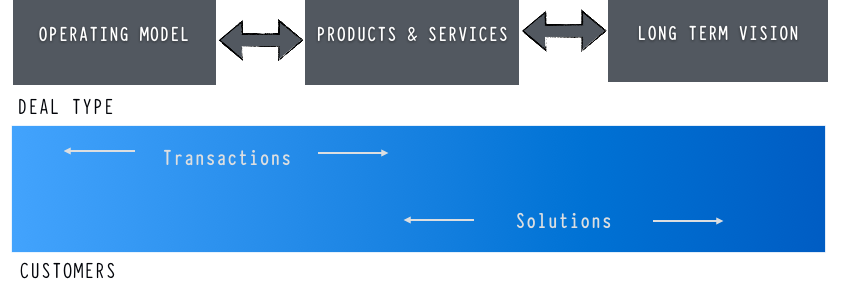
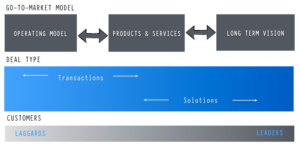



 and the involvement of other decision makers in the process, according to
and the involvement of other decision makers in the process, according to 